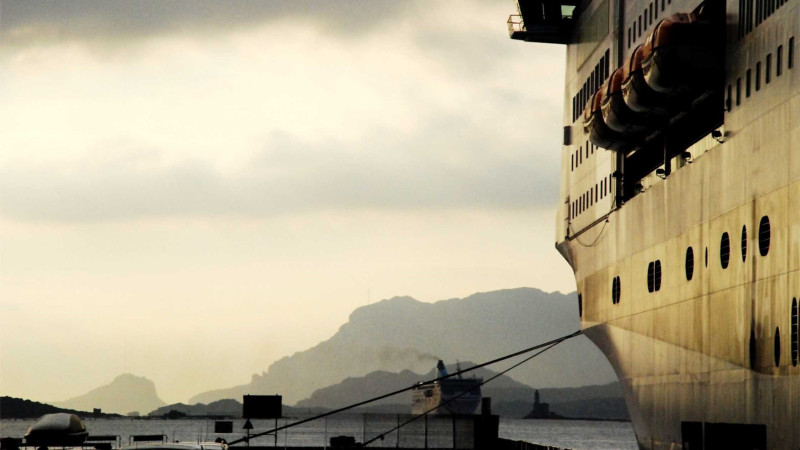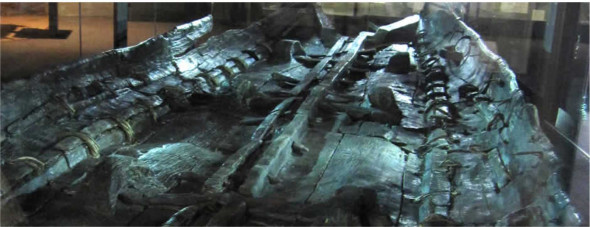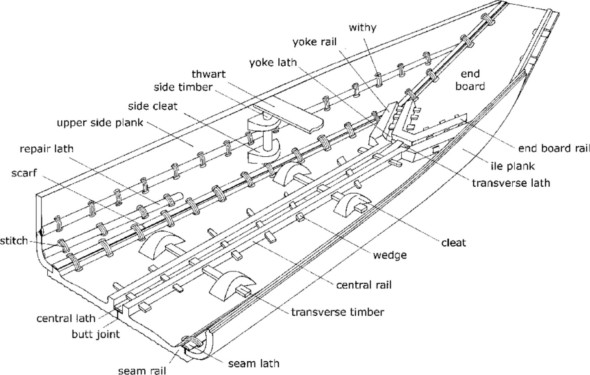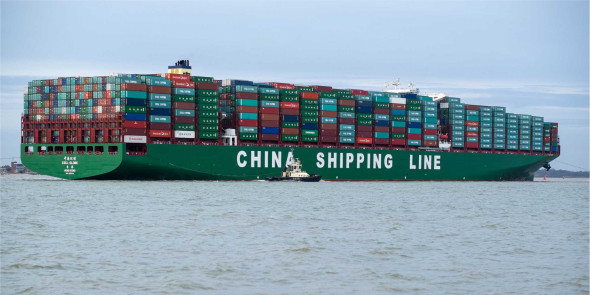
© Susanna Rosti Rossini
M.2020
Marine craft
‘\(\ldots\)the power-driven ship was no more than a dream\(\ldots\) each step forward made on the wreckage of other men’s hopes’ [2]
Ten thousand years ago, life was very different from life as we know it today. Our ancestors were nomads. They wandered over the land, hunting, searching for food and water, and moving on to new territory when supplies ran out. Progress was slow because there were no roads, while obstacles such as watercourses formed natural barriers that were difficult or dangerous to cross. On the other hand, a river enabled travellers to strike out in a new direction. They could build a raft and sail more easily (and maybe faster) than they could move over land, carrying food, clothing and materials to trade with other people along the riverbank. It was easier to go downstream than upstream, so there would have been a steady drift towards the coastline, and in fact, many of the world’s large cities began as coastal settlements near the mouth of a river. Over time, as people accumulated along the waterside, they were driven to experiment with the first practical form of vehicle: the boat.
Figure 1

Early boats
In fact, people built boats long before they built cities: primitive forms of canoe whose remains lie buried in muddy estuaries all over the world [6]. Of those discovered so far, the Pesse canoe, now housed in the Drents Museum in Netherlands, is thought to be the oldest surviving hull. Around 8 000 years old, it is a narrow dugout roughly three metres long and hewn from a single tree trunk (Drents Museum). Another example is the Dover Bronze Age boat that was uncovered during the excavation of a roadway in the south-east of England [4] [3] (figure 1). Dating from around a thousand years before the Roman invasion, it was assembled without any nails or glue to hold the timbers together (figure 2). Interestingly, it has a flat bottom, and could have carried cargo. Recently, archaeologists have found the remains of much older boats of similar design, built to carry materials for the construction of the Great Pyramid of Giza in Egypt, along canals specially constructed for the purpose. Like the Dover boat, they were made of wooden planks sewn together with cord. At the time, a boat was the only practical way of moving a heavy load.
Figure 2

Hull structure
A land-based vehicle like a cart or wagon needs a substantial frame. The frame channels the weight of the machine and its cargo and through a pair of axles to four wheels, each resting on a small area of ground. The contact pressure under a primitive wheel quickly wears down the rim, and if the rim penetrates the ground surface, the vehicle can be difficult to move. A boat, on the other hand, does almost exactly the opposite. Essentially a thin shell, it spreads the load over the whole wetted area of hull - a giant ‘contact patch’ that eases the burden on the vehicle structure. The framework can be lighter and less cumbersome, and for the same dead weight it will carry more cargo. In principle, a tanker could be made from a balloon with no framework at all: floating largely below the water surface, it would carry hundreds of tonnes of liquid cargo under tow. In practice of course, a cargo ship must be rigid to survive in a rough sea, so modern vessels are made from steel plates welded together to form a watertight shell. In this form, a sea-going vessel will scale up to almost any size you can imagine. Given a construction yard, with sufficient labour and materials you can build one as big as a skyscraper laid on its side. In the same way that whales evolved to be the largest mammals on Earth, marine vessels have outgrown all other forms of transport vehicle: ships and whales are the outcome of the same physical laws.
The water beneath
Water is slippery stuff that will run through your fingers, but on the other hand you can squeeze it very hard and it won’t implode. Imagine a giant cargo vessel sailing across the South China Sea. It weighs a quarter of a million tonnes, all of it pressing on the water beneath. Unlike a railway track or the road surface on a busy motorway, the water feels no extra pressure when a vehicle passes overhead, and seemingly, the load vanishes into some other dimension. Why this happens, and how the load eventually finds its way to the earth’s core, are among the topics discussed in the Sections that follow.
Water has another interesting property. Like any other substance, it creates friction when it moves over the surface of a rigid body, but unlike the friction between two solid materials, it is speed-dependent. The fluid particles closest to the body surface move quite slowly - in fact those in direct contact with the surface remain there as if glued in place, while the nearby ‘boundary layer’ creeps past. From time to time, particles switch from one level to the next, transmitting shear stress by virtue of the momentum that they exchange by colliding with other particles nearby. At high speed, the result is turbulence, but if the boat is moving slowly, say at walking pace, the friction is small, and it vanishes altogether when the motion stops. This means that the ‘starting resistance’ of a boat is zero, so a single person can move a canal barge by muscle power alone. And although it will take a long time to work up a significant speed, it won’t get stuck in a rut.
The marine environment
So much for what happens below the waterline. Higher up, the sea surface is a potentially hostile environment where the wind stirs up waves, some of which are capable of breaking a vessel in two. Yet compared with the risks of flying in a passenger jet, the risks attached to marine transport don’t attract much publicity, perhaps because ships don’t carry many passengers. In reality, they are just as vulnerable to bad weather as aircraft if not more so, particularly when operating in the wider reaches of the Atlantic or the Pacific Ocean, thousands of kilometres from the nearest port. In a storm, the crew can’t get out and walk. If the engine breaks down or the propeller shaft fails, the vessel can drift onto a sandbank or a rocky coastline and break up under the pounding of the waves. To be safe, it must keep moving, preferably in deep water. No-one knows in total how many ships have been lost at sea. Before 1800, about 1000 vessels sank or broke up every year around the shores of Britain alone [7]. Today, the risks are much reduced but they haven’t gone away: annual losses are not far short of 100 vessels world wide [1].
Figure 3

Aims
Seagoing vessels are the dominant form of transport today, in the sense that they carry around 80\(\%\) by weight of international trade (figure 3). In this part of the web site we shall try to understand how they interact with their environment, and explore some of the principles that underlie their design. Marine engineering has a long history, longer than any other branch of transport technology. This is reflected in the jargon used by shipwrights to describe their vessels and how they behave at sea. Many phrases can be traced back to the sixteenth century and are now embedded in the English language. People who are involved with ships and sea-faring take the jargon seriously. They always refer to the right-hand side of a ship as starboard and the left as port. The front of the vessel is the bow, and the rear is the stern. Here, we’ll do the same and use nautical terms even if there are more familiar alternatives such as nose and tail. Bow and stern are the terms you’ll find in the marine text books and they reflect the unique character of shipbuilding industry [8].
This doesn’t mean the industry is conservative: innovations such as the wave-piercing catamaran that would have seemed outlandish only a few decades ago are appearing at an increasing rate. All who are involved in shipping - designers, shipbuilders, and seafarers – use digital technology. They have to: the relationship between the ship’s hull and the surrounding fluid is an order of magnitude more complex than the relationship between, for example, a road vehicle and the highway surface. Fluid mechanics is a challenging subject, and if you want to know more, the core principles are explained in a separate part of this web site, where you’ll see that on the theoretical front, physicists and mathematicians are trying to unravel the mysteries of fluid turbulence, recognised as one of the hardest problems of our time. Meanwhile, oceanographers are chasing down the origins of rogue waves, while shipbuilders dream up new forms of high-speed hull. An exotic mix of art and science, it’s hard to imagine a more stimulating field.
Acknowledgements
Photo on opening page Passing ships by Susanna Rosti Rossini (https://susimagin.com/).
Figure 1: The Dover Bronze Age Boat in Dover Museum, by kind permission of Neil Proctor, Editor of the Kent Guide, (www.kentguide.net).
Figure 2: Structure of the Dover Bronze Age Boat, reproduced from [3] by kind permission of the Canterbury Archaeological Trust.
Figure 3: Container vessel Globe arriving at Felixstowe, photo by Keith Skipper, available at https://en.wikipedia.org/wiki/CSCL_Globe, accessed 11 May 2021.